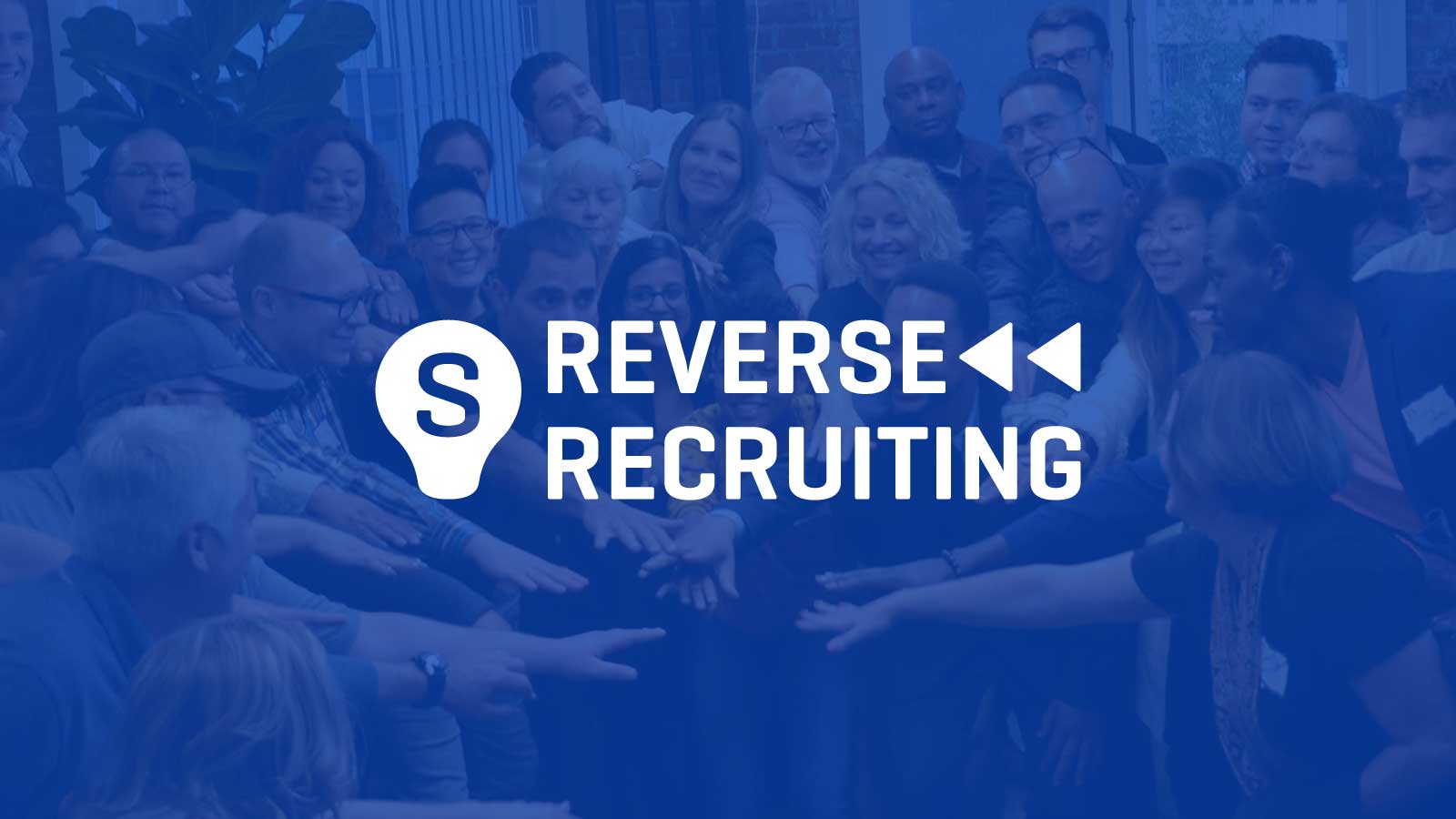Boost Your Hiring Game With Strategic Reverse Recruiting Strategies
In the world of skill acquisition, conventional recruiting techniques have actually long been the norm. As the landscape of hiring develops, organizations are progressively turning to ingenious techniques such as calculated reverse recruiting to get an affordable side in protecting leading skill. This shift in attitude calls for a thoughtful reconsideration of just how business come close to the employing process, concentrating on attracting passive prospects as opposed to only relying upon energetic task hunters. By flipping the script and proactively involving with people that may not be actively looking for brand-new chances, services open themselves as much as a pool of untapped possibility. This critical technique not only broadens the ability pipe however also grows a much more diverse and competent workforce.
Comprehending Strategic Opposite Recruiting
Purposefully leveraging the concept of reverse recruiting can dramatically improve your company's talent procurement technique. By turning the conventional employment approach on its head, reverse recruiting includes proactively looking for and drawing in easy candidates who might not be actively seeking new chances. This aggressive method enables firms to take advantage of a swimming pool of premium ability that may not be easily accessible via conventional task posts alone.
Understanding the ins and outs of strategic reverse recruiting is important for its effective implementation. It requires a deep understanding of the sector landscape, rival analysis, and the particular ability that are in high demand. reverse recruiting. By performing thorough research and leveraging market insights, companies can recognize and engage with top skill in a much more tailored and targeted manner

Benefits of Reverse Recruiting
Reverse recruiting provides a special strategy to ability procurement by proactively engaging with passive candidates who may not be actively looking for job opportunities. One of the key benefits of reverse recruiting is the ability to target candidates who are already employed and pleased in their current duties.

Secret Elements of Reverse Recruiting
Having checked out the advantages of reverse recruiting in targeting leading entertainers who are content in their current functions, it is necessary to recognize the vital parts that make this approach successful in attracting passive candidates. Passive candidates are frequently not actively seeking new opportunities, so having a positive credibility as an employer can stimulate their interest.
Another important element is customized outreach. Because passive candidates are not actively looking for work, common employment messages are most likely to be forgotten. Customizing outreach initiatives to highlight just how the specific skills and experiences of the candidate align with the company's needs can significantly increase the opportunities of obtaining their focus.
In addition, promoting connections with passive prospects with time is crucial. On a regular basis engaging with them with networking events, industry meetings, or perhaps occasional check-ins can help construct connection and depend on, making them much more receptive to possible task opportunities in the future. By integrating these essential components right into reverse recruiting techniques, companies can successfully attract and work with top talent from the swimming pool of passive prospects.
Implementing Reverse Hiring Strategies

Furthermore, developing engaging employer branding and showcasing a favorable firm culture can assist bring in passive candidates and motivate them to take into consideration new profession chances. Constructing a talent neighborhood or skill pipe can also be useful in supporting partnerships with passive candidates in time, maintaining them involved and curious about potential future roles within the organization. Generally, applying reverse recruiting methods calls try this site for an here are the findings aggressive and personalized approach to skill purchase, concentrating on developing purposeful links with easy prospects to drive lasting employment success.
Gauging Success backwards Hiring
Reliable dimension of success in hiring methods calls for a thorough analysis of vital efficiency indications and metrics to analyze the influence and efficiency of skill purchase efforts. In the context of reverse recruiting, particular metrics can offer valuable insights right into the efficiency and effectiveness of the method. One important metric is the high quality of candidates involved via reverse recruiting networks. By determining the conversion rate of easy prospects into active candidates or works with, organizations can evaluate the effectiveness of their reverse recruiting campaigns.
In addition, tracking the time-to-fill metric for positions loaded with reverse recruiting can provide beneficial information on the efficiency of the procedure. A shorter time-to-fill shows that the method is attracting certified candidates without delay. Monitoring retention prices amongst prospects recruited with Related Site reverse methods can give insights into the lasting success of the technique. High retention rates recommend that the candidates sourced with reverse recruiting are an excellent fit for the company, contributing positively to its overall ability pool. By analyzing these essential metrics, businesses can successfully measure the success of their reverse recruiting initiatives and make educated decisions to enhance their ability acquisition techniques.
Final Thought
To conclude, critical reverse recruiting provides a distinct technique to working with that concentrates on bring in leading ability via proactive engagement and relationship-building. By leveraging this technique, organizations can acquire an affordable side in the skill market and enhance their employment results. It is vital to recognize the advantages, vital parts, and strategies of reverse recruiting to effectively implement and measure success in this innovative strategy to working with.